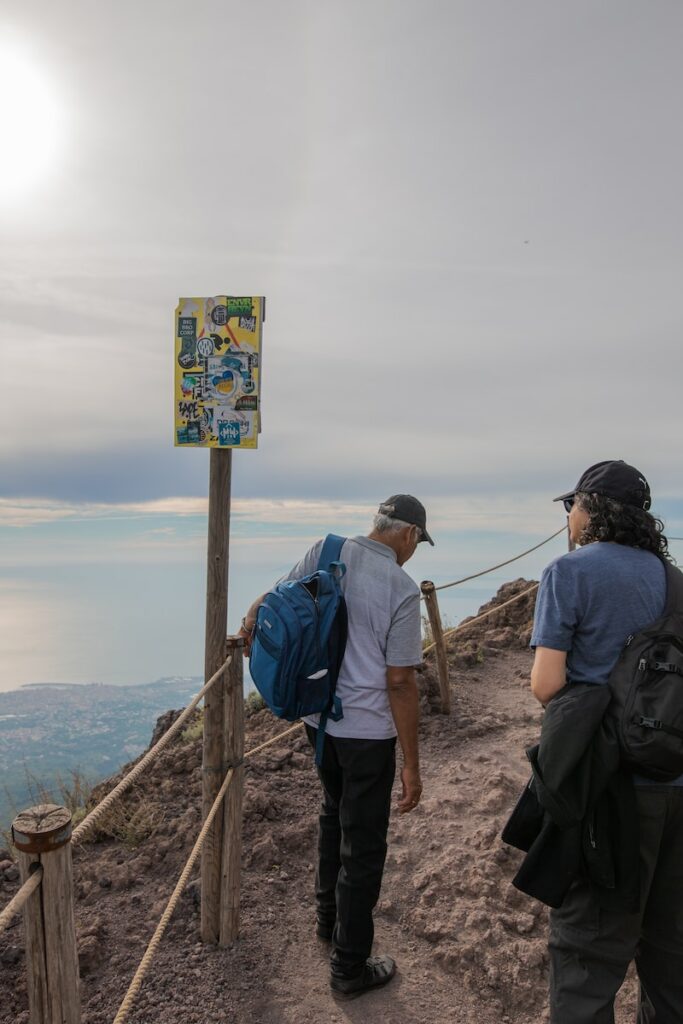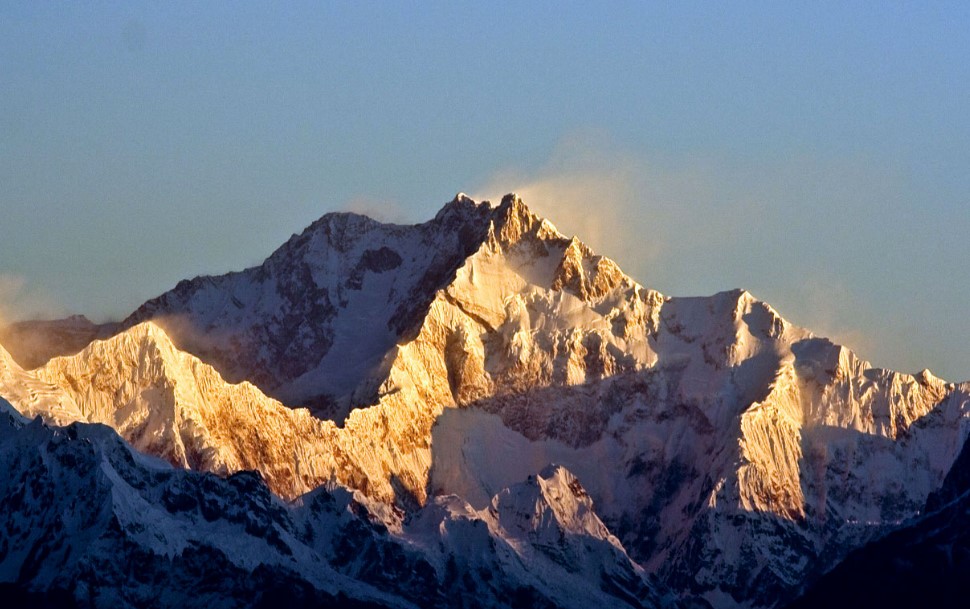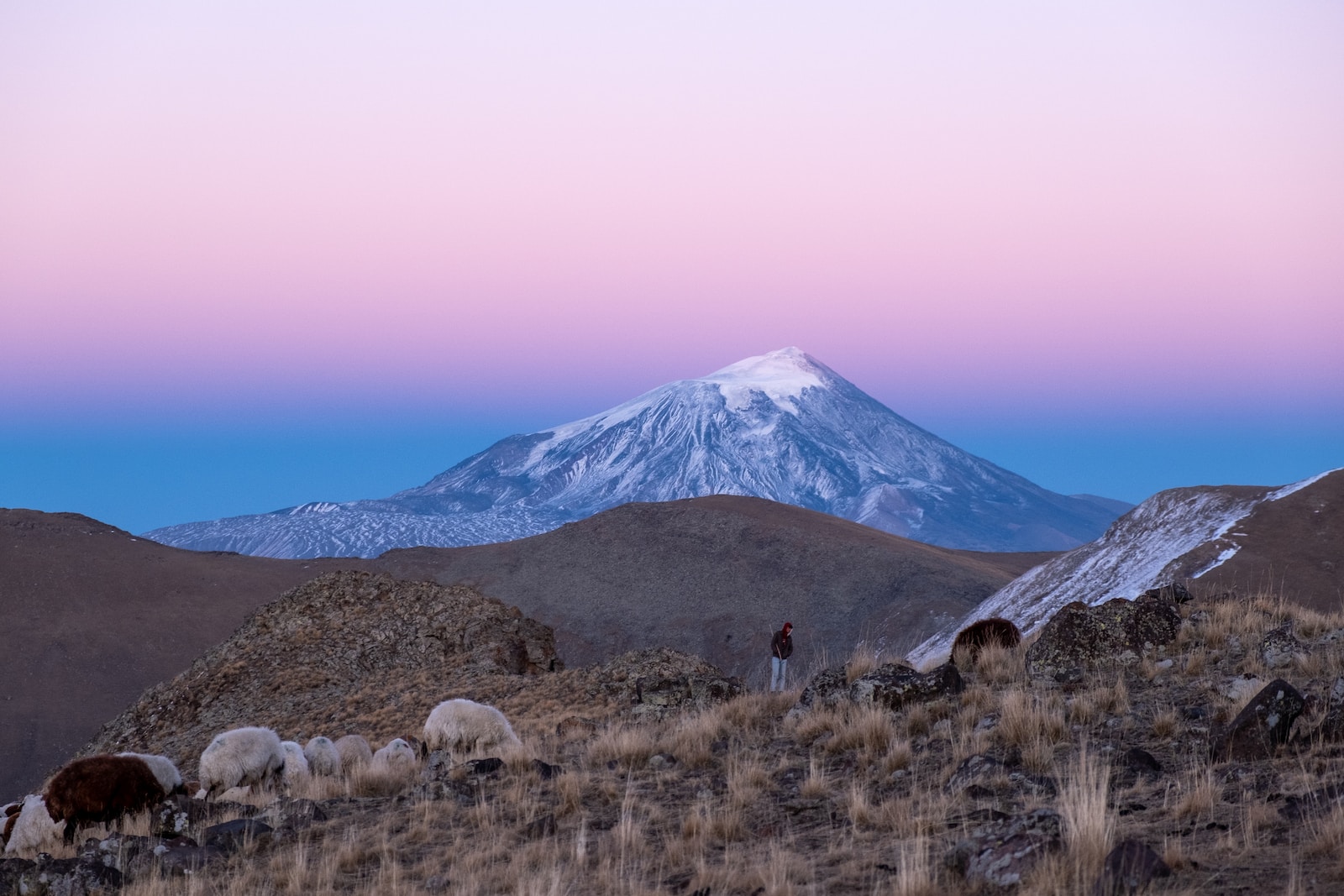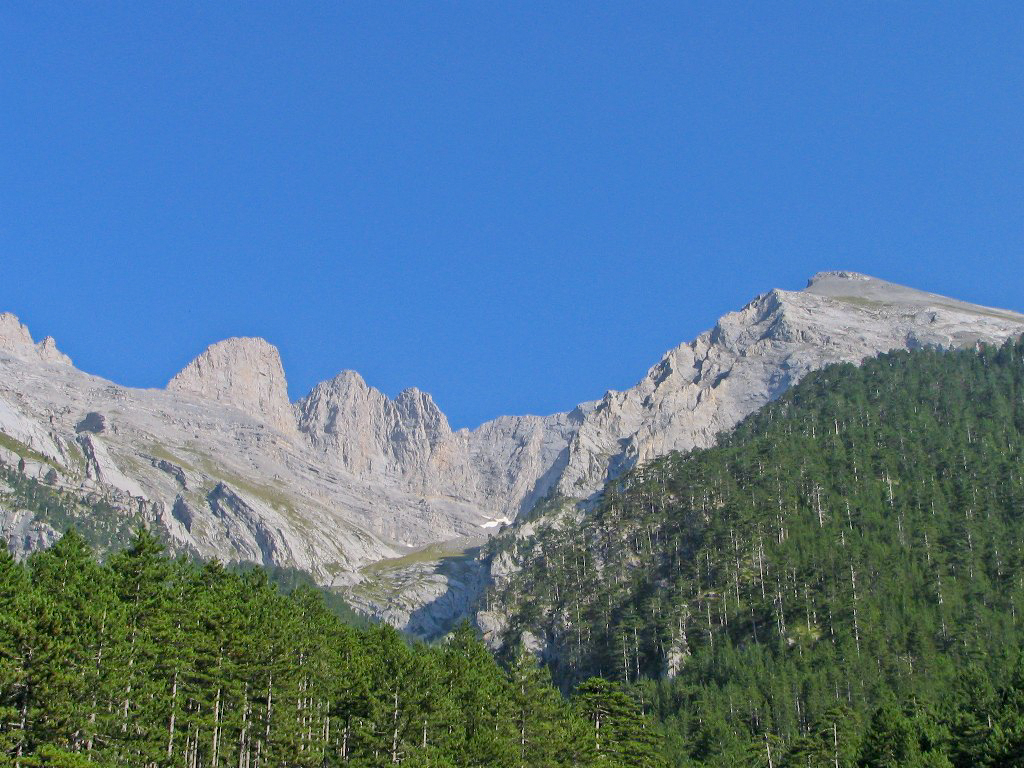Venture with us to Italy as we explore the photogenic wonder that is Mount Vesuvius. In this blog, we will delve into the secrets of capturing the majestic beauty of Mount Vesuvius through the lens of your camera. From the perfect camera settings to the ideal angles, we’ll guide you in unlocking the vibrant landscape of this awe-inspiring natural marvel. Join us on this photographic journey and discover how to immortalize the essence of Mount Vesuvius in your images.
Table of Contents
- Preparing for the Journey
- Composition and Angles
- A How To Guide: Tips and Techniques for Capturing Mount Vesuvius
- Frequently Asked Questions
- 1. What is Mount Vesuvius?
- 2. How can I reach Mount Vesuvius?
- 3. Are there any safety precautions to consider when visiting Mount Vesuvius?
- 4. What camera settings are best for photographing Mount Vesuvius?
- 5. What are some recommended camera angles for capturing Mount Vesuvius?
- 6. Can you recommend any photography tours or workshops for capturing Mount Vesuvius?
- 7. Are there any photography restrictions when visiting Mount Vesuvius?
- Wrap Up
Preparing for the Journey
Mount Vesuvius is a famous volcano located in Campania, Italy, on the Bay of Naples. It is perhaps best known for its eruption in 79 AD, which buried the ancient Roman cities of Pompeii and Herculaneum under layers of ash and volcanic material. This catastrophic event preserved these cities remarkably well, offering unique insights into Roman life and culture.
Mount Vesuvius is considered one of the most dangerous volcanoes in the world due to its history of eruptions and its proximity to densely populated areas, including the city of Naples. The volcano is part of the Campanian volcanic arc, and its last eruption occurred in 1944.
Today, Mount Vesuvius is a popular tourist destination, and visitors can hike to its summit to peer into the still-active crater and enjoy panoramic views of the Bay of Naples and the surrounding countryside. It is closely monitored by Italian authorities to assess volcanic activity and ensure public safety.
Camera Gear Essentials
Before embarking on your journey to Mount Vesuvius, it’s crucial to ensure you have the right camera gear to capture the grandeur of this picturesque location. Here are some essential items to pack:
- A DSLR or mirrorless camera for optimal image quality and versatility.
- A wide-angle lens to encompass the expansive landscape.
- A sturdy tripod for stability and long exposures.
- Neutral density (ND) filters to balance exposures in intense lighting conditions.
- Extra batteries and memory cards to avoid missing any shots.
Camera Settings for Landscape Photography
To capture the breathtaking beauty of Mount Vesuvius, mastering your camera settings is essential. Here are some recommended camera settings for landscape photography:
- Shoot in RAW format to preserve maximum image information for post-processing.
- Set your camera to Aperture Priority (A/Av mode) to control depth of field.
- Choose a low ISO setting (ISO 100 or 200) for minimal noise.
- Use a small aperture (high f-number) such as f/11 to f/16 for a larger depth of field.
- Consider using the camera’s built-in exposure bracketing feature for capturing a wider dynamic range.
Mount Vesuvius is best known for its historic eruption in 79 AD, which famously buried the cities of Pompeii and Herculaneum under volcanic ash and pumice.
Composition and Angles
Choosing Your Composition
When photographing Mount Vesuvius, composition plays a vital role in conveying the grandeur and scale of the volcano. Here are some tips to consider when framing your shots:
- Utilize the rule of thirds to create a balanced and visually appealing composition.
- Incorporate foreground elements, such as trees or rocks, to add depth and scale to your images.
- Experiment with different perspectives, such as low angles or higher viewpoints, to capture unique and compelling images.
Working with Natural Light
The quality of light can greatly enhance the beauty of Mount Vesuvius in your photographs. Here’s how to make the most of natural light:
- Shoot during golden hours—right after sunrise or before sunset—for warm and soft lighting.
- Embrace the dramatic effects of sunrise or sunset by capturing the colorful skies against the silhouette of Mount Vesuvius.
- During midday when the light is harsh, find interesting shadows or use ND filters to control the exposure.
Framing and Leading Lines
Using framing techniques and leading lines can help guide the viewer’s eye towards the majestic beauty of Mount Vesuvius. Consider these tricks:
- Look for natural frames, such as archways or tree branches, to enclose Mount Vesuvius and create a sense of depth.
- Use leading lines, like roads or trails, to draw the viewer’s attention towards the volcano.
- Experiment with different angles and perspectives to create dynamic and engaging compositions.

A How To Guide: Tips and Techniques for Capturing Mount Vesuvius
As photographers, one of our greatest joys is capturing the awe-inspiring beauty of nature. And when it comes to majestic landscapes, Mount Vesuvius in Italy is in a league of its own. With its towering presence and breathtaking views, this iconic volcano offers endless opportunities for stunning photography. In this guide, we’ll walk you through some essential tips and techniques to help you capture the essence of Mount Vesuvius through your lens.
1. Research and Plan Ahead
Before you embark on your photography adventure to Mount Vesuvius, it’s essential to do your research and plan ahead. Understand the best time of day to capture the volcano in different lighting conditions. Sunrise and sunset often provide the most dramatic lighting for landscape photography. Take note of weather forecasts to ensure you make the most of favorable conditions.
2. Choose the Right Gear
When preparing to photograph Mount Vesuvius, ensure you have the right gear for the job. While it ultimately depends on your personal preferences and style, there are a few essentials to consider. A wide-angle lens is crucial for capturing the vastness of the landscape and emphasizing the grandeur of the volcano. A sturdy tripod will come in handy for long exposures, especially during low-light situations.
3. Camera Settings for Landscape Photography
Getting the right camera settings can make all the difference in capturing the true majesty of Mount Vesuvius. Here are some recommended settings to enhance your landscape photography:
- Use a low ISO setting (such as ISO 100 or 200) for cleaner and less noisy images.
- Opt for a narrow aperture (higher f-stop value) to increase depth of field, ensuring both the foreground and the volcano remain sharp.
- Experiment with various shutter speeds to create different effects. For long exposures of flowing lava or clouds moving over the volcano, use a tripod and select a slower shutter speed.
4. Composition and Framing
When composing your shots of Mount Vesuvius, consider the rule of thirds – a classic technique where you divide your frame into a 3×3 grid and place key elements along those lines or their intersections. This can help create visually appealing and balanced compositions. Experiment with different angles and perspectives to find the most captivating viewpoint that showcases the volcano’s grandeur.
5. Patience and Perseverance
Lastly, remember that capturing the perfect shot of Mount Vesuvius requires patience and perseverance. Nature is unpredictable, and the volcano’s landscape is ever-changing. Stay prepared, be open to improvisation, and keep exploring different vantage points. Don’t be discouraged if your initial shots don’t turn out as expected – practice and persistence are key components of mastering landscape photography.
So pack your camera gear, soak in the beauty of Mount Vesuvius, and let your creativity soar. With these tips and techniques, we’re confident you’ll capture the essence of this extraordinary location and create photographs that truly reflect its majestic allure. Happy shooting!
Frequently Asked Questions
1. What is Mount Vesuvius?
Mount Vesuvius is a famous volcano located in southern Italy, near the Bay of Naples. It is known for its historic eruption in AD 79 that buried and preserved the cities of Pompeii and Herculaneum under layers of ash.
2. How can I reach Mount Vesuvius?
To visit Mount Vesuvius, you can travel to Naples, Italy, which is the closest major city. From Naples, you can take a train or bus to the entrance of the national park, followed by a hike up the volcano.
3. Are there any safety precautions to consider when visiting Mount Vesuvius?
Yes, it is important to be aware of safety precautions when visiting Mount Vesuvius. Make sure to wear appropriate hiking shoes and clothing, carry plenty of water, and follow the designated paths. Additionally, always check the local authorities’ updates regarding volcanic activity.
4. What camera settings are best for photographing Mount Vesuvius?
When photographing Mount Vesuvius, it is recommended to use a wide-angle lens to capture the vastness of the landscape. Set your camera to aperture priority mode with a small aperture (high f-stop number) for maximum depth of field. Use a low ISO to minimize noise and a tripod to ensure stability.
5. What are some recommended camera angles for capturing Mount Vesuvius?
There are several stunning camera angles to consider when photographing Mount Vesuvius. From the base of the volcano, you can capture its imposing stature against the horizon. You can also hike to higher viewpoints to capture sweeping panoramas of the surrounding landscape.
6. Can you recommend any photography tours or workshops for capturing Mount Vesuvius?
Yes, there are photography tours and workshops available in the Naples area that focus on capturing the beauty of Mount Vesuvius and the surrounding region. These tours provide expert guidance and opportunities to explore the best vantage points for photography.
7. Are there any photography restrictions when visiting Mount Vesuvius?
While there are no specific photography restrictions for Mount Vesuvius, it is essential to respect the environment and cultural heritage. Stay on designated paths and avoid causing any damage to the landscape. Also, be mindful of other visitors and follow any guidelines provided by park authorities.
Wrap Up
As we come to the end of our journey to Mount Vesuvius, we hope you have been inspired to capture the majestic beauty of this iconic Italian landmark. Remember, the key to great landscape photography lies in finding the perfect camera settings and angles to showcase the vibrant colors and grandeur of the landscape. Experiment with different compositions and let your creativity shine through your lens.
We would love to hear about your own experiences or if you have any questions or suggestions. Leave us a comment below and let’s continue this photography discussion. Happy shooting!


